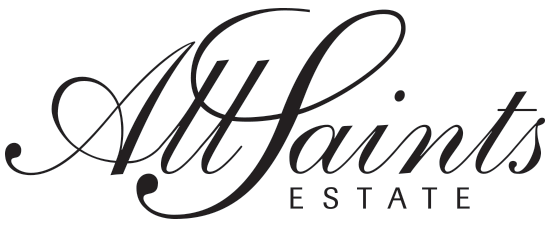4 April 2022
Aged Wine Explainer
The world of museum and back vintage wine libraries can be an intimidating arena. Here are the basics you need to know.
What is ageing (cellaring)?
Ageing or “cellaring” a wine is when you buy a bottle, or bottles, and store them in a temperature-controlled space, normally for several years, to allow the wine to improve over time. Wines which are candidates for ageing will change in appearance, aroma and flavour and as a generic (over-simplified) rule, usually move from fresh, primary fruit to a quieter and more secondary evolution.
Which wine varieties age well?
Popular to common belief, not all wines age well or are made for ageing. Easy to drink styles that are fruit-forward should generally be enjoyed within 2-3 years. The most popular wines for cellaring are typically higher tannic and complex ‘big red’ wines; however, some whites wines can age well too.
• Shiraz (and Durif): Shiraz is Australia’s most popular variety, and many of the modern styles are made for early drinking, but others can age gracefully for up to 20 years and beyond. Durif, a close relation to Shiraz and a popular variety in Rutherglen, can age beautifully due to its complexity and tannins.
• Cabernet Sauvignon: Cabernet is a popular choice because the tannins, which can be quite astringent to some wine drinkers when first released, mellow beautifully over time.
• Merlot: Can surprise and delight; aged Merlot can become softer and smokier.
• Marsanne: Like oaked styles of Chardonnay, oaked Marsanne can also age beautifully. At least 4 - 5 years, perhaps longer.
• Riesling: Look for styles both high in acid and sugar and age for at least 5-7 years to enjoy the secondary aromas and flavours.
Tasting age-worthy wines
If you’re tasting a new release wine and considering whether to buy a case for cellaring, the two main qualities you’ll want to assess are acid and tannins. In red wines, tannins act as antioxidants and help preserve freshness. Wines with higher acidity levels (and a lower pH) will also last longer; this applies to both white and red wines. As time goes on in your cellar, acid and tannin will both smooth out. What starts in sync ages in sync. If the wine is complex, this too should improve over time.
Another indicator, although not quite as important as acid and tannin, is the colour. White wines darken as they oxidise, so many age-worthy white wines will start out clear. For red wine, look for the vibrancy of colour as those that have prematurely aged often appear duller.
Buying in multiples
Buying a case of the same vintage isn’t just about hedging your bets; it will also help you to see the wine change over time and to understand your personal preferences. As ageing wine is subjective, learning your ageing preferences over time can take some experimentation. We always recommend opening one soon after purchase to help you judge its cellaring potential and then setting goals. Write notes on each bottle for when you plan to open it.
Essentials for storage
Having a cellar is great (At All Saints Estate, we’re lucky to have our underground Family Cellar) but if you have don’t have a cellar at home, having a wine fridge is okay too. The key is to keep things at a cool, constant temperature, 15 or 16°C is perfect.
Keeping wines at room temperature will age them quickly, which is okay if you are storing wines for only 1 to 3 years. Whatever your storage situation, make sure your bottles are not in direct sunlight or near a source of heat. If a wine gets hot, it can seep or get sticky around the capsule and cork.
Be aware of your humidity levels too, as too much humidity causes mould to accumulate, especially around the cork. Too little humidity causes the cork to crumble, which allows oxygen to enter the bottle and cause oxidation.
How do wine flavours change over time?
All wines are unique, and how they evolve over time will be too. However, there are some common traits that you can expect if you are Cellaring your own wines or buying from a back vintage collection. These include fruit flavours becoming less intense, development of more savoury and earthy flavours and additional layers of complexity.
When to open
If you’re buying from a museum or back vintage collection and you know the wine has been stored properly, twenty years is a good benchmark. For wines you’re going to age yourself five or ten years can be long enough for you to enjoy a change in the wine. The advantage of buying a case is that you’ll have enough to drink some in the first year (to enjoy their fruitiness), then you can progressively open the bottles every couple of years to enjoy the wines as they change over time. Keep the last two bottles for as long as you can manage!
